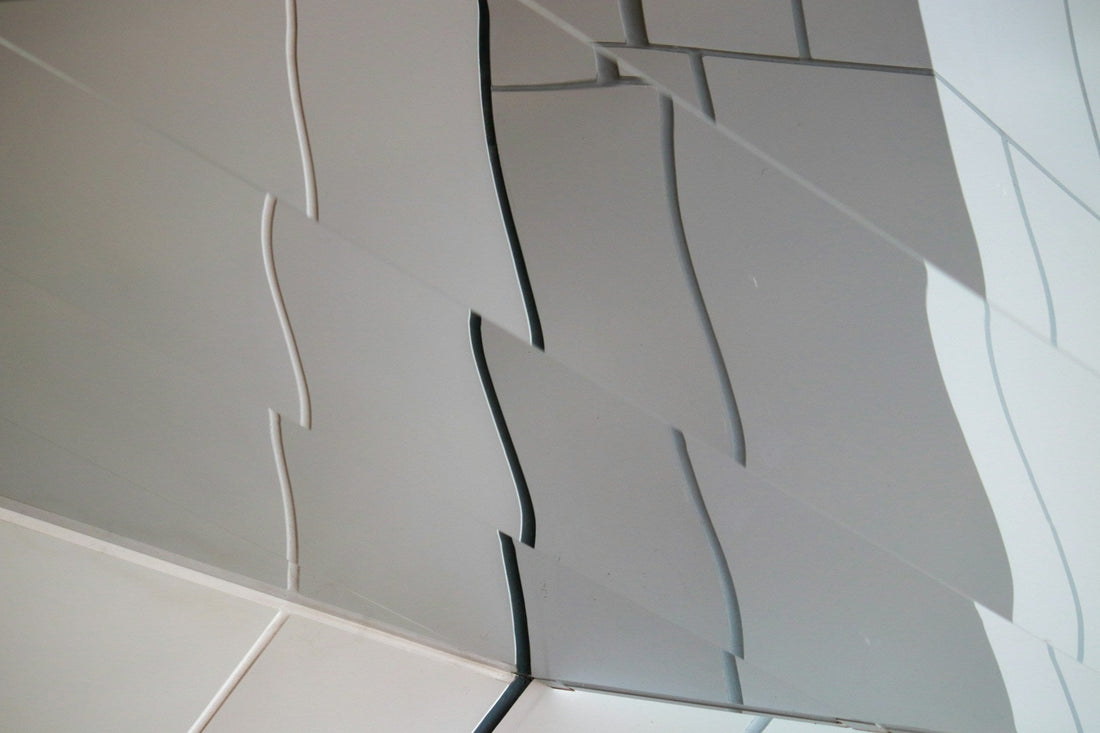Scratches on a mirror can ruin its clean, crisp look. The good news is, many can be fixed at home with the right tools and patience.
Whether it’s a tiny scuff or a noticeable mark, learning simple repair methods can help restore your mirror’s shine without replacing it.
How to remove scratches from a mirror?
Clean the mirror, then buff light scratches with toothpaste or baking soda paste. For deep scratches, use a glass repair kit.
Key Takeaways
- Identify scratch depth before choosing a repair method.
- Light scratches: toothpaste, baking soda paste, or cerium oxide polish.
- Deep scratches: glass repair kits with resin or polishing compounds.
- Always prep the mirror by cleaning and drying it thoroughly.
- Use microfiber cloths to prevent future scratches.
- Avoid harsh cleaners like bleach or ammonia.
Understanding Mirror Scratches

Not all scratches are the same. Some are light surface scuffs, others dig deep like a bad breakup.
Light scratches usually happen from cleaning with the wrong cloth or brushing against the mirror. These can often be polished out with the right DIY kit.
Deeper scratches mean the glass itself is damaged. You’ll need more than a quick buff – think professional repair or creative cover-ups.
Before you grab any cleaner or polish, figure out what type you’re dealing with. That way, you’re not wasting time (or making it worse) on the wrong fix.
Tools and Materials You’ll Need
You don’t need a full workshop to fix a mirror scratch, just the right crew of supplies. Grab a microfiber cloth, some clean water, and a gentle glass cleaner for the prep work.
For the actual scratch fix, you’ll want either toothpaste (the plain white kind, not the fancy gel) or a dedicated glass polishing compound.
Add cotton pads or a soft buffing cloth to work it in, plus masking tape to protect the surrounding glass. A steady hand? That’s your best tool in the box.
Preparing the Mirror Before Repair
First, give the mirror a good wipe with a lint-free cloth and glass cleaner. You want zero dust or grime getting in the way.
Next, dry it completely so moisture doesn’t mess with your repair work. If the frame’s in the way, tape it off to keep things neat.
Methods to Remove Light Scratches
Light scratches are like bad first impressions – annoying, but fixable with the right approach.
Start with a clean surface. Use a soft microfiber cloth and glass cleaner to remove dust or grit. You don’t want to grind dirt deeper into the glass while working.
Try the toothpaste trick. Pick a plain white, non-gel toothpaste, dab a bit on a cotton pad, and gently rub in small circles over the scratch. Wipe clean and check your progress.
Baking soda paste is another cheat code. Mix equal parts baking soda and water, then apply it the same way you would toothpaste. It’s gentle but effective for faint marks.
If you want to step it up, grab a cerium oxide polishing kit. This is the go-to for glass pros and works like a charm on stubborn light scratches. Follow the instructions, keep the pad damp, and work slowly.
Always finish by cleaning the mirror again. If the scratch is still visible after a few tries, it’s probably deeper than it looks and may need a different fix.
Fixing Deeper Scratches
Light buffing won’t cut it here. Deeper scratches need more than elbow grease, but you don’t have to ditch the mirror. You just need the right game plan.
Start by cleaning the glass so you’re not grinding in dust. Then grab a glass repair kit – the kind with resin or cerium oxide paste. These work like a cheat code for filling and polishing out deeper damage.
Apply the paste or resin directly to the scratch with a microfiber cloth, working in tight circles. Keep it gentle but consistent, letting the compound do the heavy lifting.
If the scratch is still visible, a second round or a fine-grade sanding pad can help. Just keep the area wet while sanding so you don’t cause heat marks.
Once smooth, wipe clean and finish with a regular glass polish for that showroom shine. If the damage is too deep to blend, you might be looking at resilvering or replacing the panel – but try the repair route first. It’s faster, cheaper, and you still get to flex your DIY skills.
Preventing Future Scratches
Treat your mirror like a designer bag – no one’s tossing keys in there. Keep abrasive cleaners, rough cloths, and jewellery away from the glass.
Wipe with a soft microfibre cloth, not that mystery rag from under the sink. Go for gentle, circular motions instead of scrubbing like you’re tackling a gym floor.
If it’s in a high-traffic zone, consider adding a frame or edge guard. And maybe stop leaning your phone against it while you get ready – your reflection will thank you.
Common Mistakes to Avoid
Scrubbing too hard can turn a tiny scratch into a full-blown eyesore. Skip harsh cleaners like bleach or ammonia; they cloud the glass.
Don’t forget to test any fix on a hidden spot first, it’s the cheat code to avoiding regret.
Frequently Asked Questions
1. Can toothpaste fix mirror scratches?
Yep, a dab of non-gel toothpaste can buff out light marks. Just go gently.
2. Will baking soda scratch the glass more?
Not if you mix it with water into a paste. Keep pressure light to avoid damage.
3. Are deep scratches worth fixing?
If you can feel it with your nail, DIY won’t cut it. Time to call a pro.
Conclusion
Scratches on a mirror aren’t the end of the world. With the right fixes, you can bring back that clean, crisp reflection without splurging on a new one.
Keep it gentle, be patient, and your mirror will be back to flexing its flawless side in no time.

